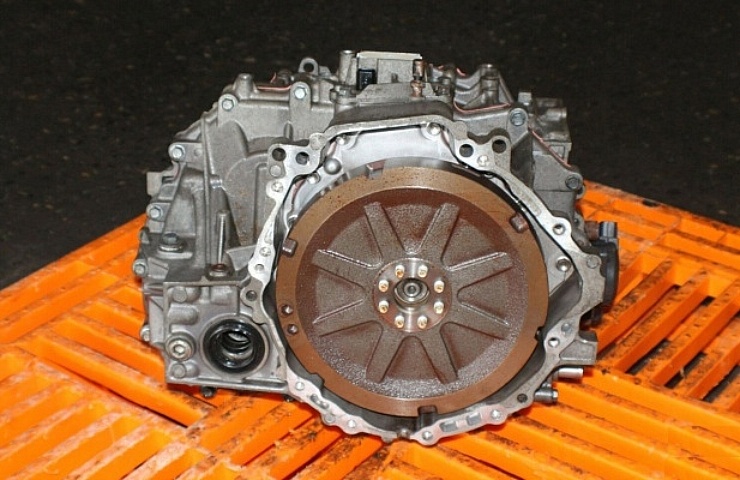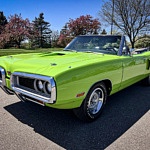Contents
The jury is in, and car enthusiasts don’t like the continuously variable transmission (or CVT gearbox). Here’s a quick sampling of opinions:
- “CVTs are soulless and boring” (Quora)
- “They are slow to respond and make an annoying droning sound” (CarThrottle.com)
- “CVTs tend to dull the performance of powerful vehicles” (TFLCar.com)
- “A transmission without gears, personality, or any concern for the driver’s mental well-being” (Digitaltrends.com)
- “CVT gearboxes suck and are prone to failure” (Reddit)
People often complain about the CVT in the Toyota Prius, which some say feels like a slipping clutch when they step on the gas. Others describe it as a “rubber band” feel. The engine revs, but it takes a while for something to happen. It gets worse in frigid weather. Warming up the engine for five minutes before driving is said to help.
The Prius would never be a tiger off the line, no matter its transmission. Nonetheless, owners boast about the fuel economy, partly thanks to that CVT gearbox.
Shop now for CVTs and partsWhat Is a CVT?
A CVT (or continuously variable transmission) is an automatic transmission that uses belts and pulleys instead of physical gears.
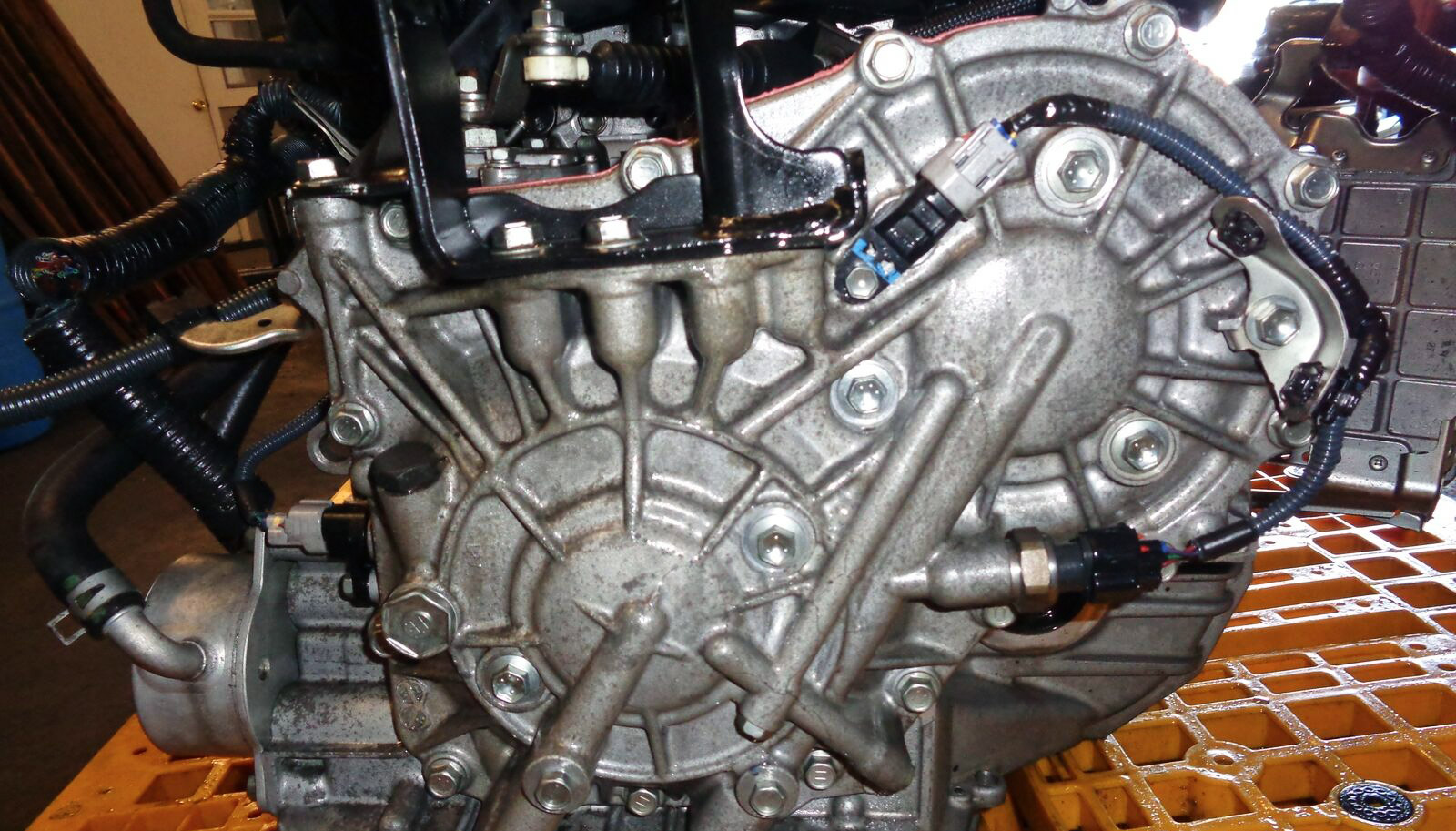
2014-2019 Toyota Corolla CVT
Varying the width of the belt-connected pulleys is what changes the gear ratios. The ratios are not fixed as they are in a regular automatic. It’s a very efficient arrangement, which explains why carmakers like them. But the lack of noticeable “gear changes” is a common complaint.
Some CVTs have added torque converters (or start-up clutches) to help off-the-line acceleration. However, a torque converter is not a given as it is with standard automatics.
No Feel of Gears Shifting
What we’re used to—in either manual or automatic transmissions—is the engine increasing rpm until it starts to strain, then upshifting to the next gear. There’s nothing inherently pleasing about that sound and change of motion, but it’s what we’re used to experiencing. The sensation is the car working hard to please its driver.
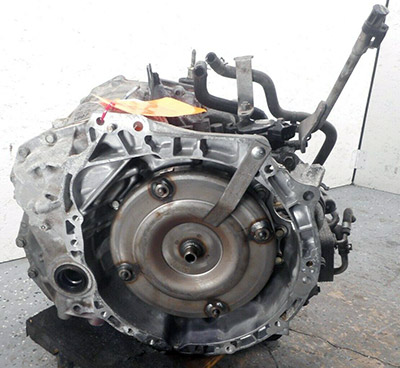
A Nissan Altima CVT
With a CVT, engine noise does not necessarily translate into forward motion. The smoothness and lack of gear shifts in a pure electric car are also disconcerting to some drivers. Nonetheless, EVs deliver gobs of stump-pulling torque.
Oddly enough, some manufacturers of CVTs (including Nissan) have listened to the complaints and responded by adding fake “steps” (via a software tweak) to their transmissions. The code mimics the way regular automatics shift.
Let’s face it: Auto hobbyists will never be happy with a car unless it comes with racing gloves and a manual transmission. Jonathan Klinger, vice president of car culture at Hagerty, said:
Shop now for Nissan CVTsThe control of the machine and the reward it gives when you get it just right—or the lesson it gives you when you’re not perfect—is all part of the drive. CVT transmissions forego this involvement and tend to stay at one rpm level to take advantage of available efficiencies. I’m sure there are some fun CVTs to drive, but the best CVT can’t compete with the worst manual transmission for driver involvement and pure fun factor.
Infinite Range of Gear Ratios
Traditionally, automatics lost out to manuals in fuel economy. That’s because old-school automatics with two or three speeds lacked efficiency. Automakers addressed those issues by adding gears. New cars with 10 or more speeds are now available.
Adding speeds works. Manuals are less fuel-efficient when compared to modern automatics. But this approach has its limits. The gearbox gets heavier and more expensive.
CVTs may not be loved. But automakers are still jumping on the CVT bandwagon. According to Edmunds, Audi, Chevrolet, Ford, Honda, Jeep, Nissan, Subaru, and Toyota all embrace CVTs in at least one model.
Shop now for CVTs and partsThe CVT Gearbox Has Been Around for a While
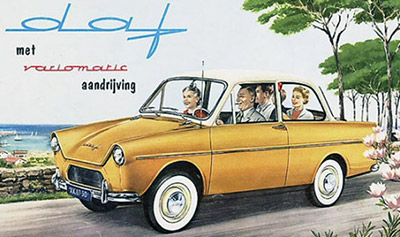
The DAF 600 featured the Variomatic, an early CVT.
The CVT isn’t as new as people think it is. Leonardo da Vinci sketched the basic idea in the 16th century. And Karl Benz patented one for the first automobile in 1886.
The long-gone Dutch carmaker DAF incorporated a CVT called Variomatic in the compact 600 model it introduced in 1958. There was a V-shaped drive belt and two pulleys that could be varied so that the belt ran near the spindle or rim, giving variable ratios. And after that, let’s leap forward to Subaru and the CVT on the US model Justy, circa 1989. From there, the floodgates open.
Moreover, continuously variable transmissions keep improving, even concerning performance. Racing enthusiasts might recall the dominating Williams racing teams of the early 1990s. They had planned to use a CVT for their 1994 car—if F1 officials had not banned CVTs.
A CVT in the most recent Subaru WRX helps provide 271 horsepower for the legendary all-wheel drive rally replica. Some enthusiasts claim that there’s little difference in performance and drive feel compared to the manual transmission.
It’s About Fuel Economy
CVTs may not always be the enthusiast’s choice because many performance drivers love using a manual transmission and clutch pedal. But in an era when fuel efficiency becomes increasingly important, a CVT is an excellent way to go further on a gallon of gas compared to cars with traditional transmissions.
Here’s why you should consider learning to live with (if not love) your CVT:
- You’re saving gas as you drive because the engine is always kept at an optimized rpm.
- That annoying sensation in which the transmission seems to be “hunting” for a gear will be gone forever.
- CVTs are pretty robust, an advantage over trouble-prone conventional gearboxes.
- Your next car could be electric and won’t even have a traditional transmission.
Do CVTs Require Transmission Fluid?
Yes, CVTs require a specialized CVT fluid. This fluid is often similar to traditional automatic transmission fluid but has different properties designed for a CVT. Using the proper fluid is essential because the pulleys, belts, or chains within a CVT need different lubrication levels than a traditional transmission.
Using the wrong fluid or too long can lead to failure in CVT. The standard service interval for CVT fluid is about every 60,000 miles.
Shop now for CVT fluid
